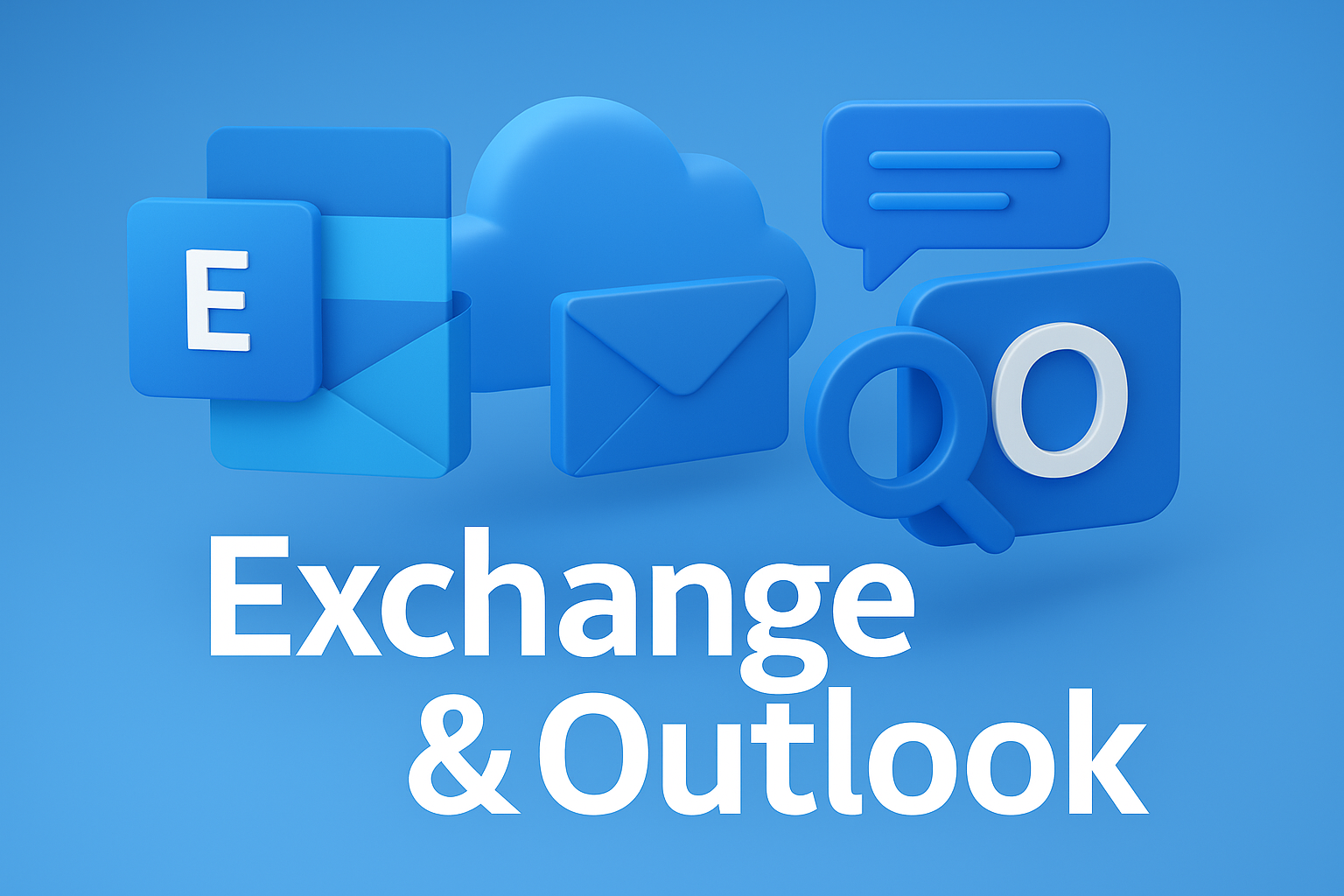1. Introduction
Microsoft Exchange Server is the backbone of many enterprise email infrastructures. Its primary responsibility is to ensure reliable, secure, and efficient delivery of email messages. When mail flow breaks down, end-users face delays or undelivered emails, impacting business operations. This guide equips administrators with step-by-step instructions to troubleshoot mail flow issues effectively.
Audience: System administrators, Exchange admins, DevOps engineers, and IT operations teams.
2. Exchange Mail Flow Architecture
The Exchange transport pipeline consists of four major stages:
- Submission: Messages are submitted via Outlook, OWA, or SMTP.
- Categorizer: The transport service applies rules, spam checks, and determines the recipient’s route.
- Routing: The message is routed to the appropriate next hop, connector, or mailbox database.
- Delivery: The message is delivered either locally to a mailbox or externally via SMTP.
3. Prerequisites
Before troubleshooting mail flow issues, ensure the following:
- Access to the Exchange Management Shell
- Administrative privileges
- Firewall/DNS permissions
- Port 25 (SMTP) and 587 (submission) are open
- Access to Event Viewer and Exchange logs
4. Key Troubleshooting Commands
4.1 Checking Queues
Get-QueueThis displays the message queues. Important fields include: MessageCount, Status, NextHopDomain.
4.2 Inspecting Queue Details
Get-Queue | Select Identity, Status, MessageCount, LastError4.3 Tracking Messages
Get-MessageTrackingLog -Recipients user@contoso.com -Start "09/01/2025" -End "09/05/2025"4.4 Testing Mail Flow
Test-Mailflow -TargetMailboxServer EXCH14.5 Reviewing Connectors
Receive connectors:
Get-ReceiveConnector | Format-Table Name, Bindings, RemoteIPRangesSend connectors:
Get-SendConnector | Format-Table Name, AddressSpaces, SmartHosts4.6 Restarting Transport Service
Restart-Service MSExchangeTransport5. Logs for Troubleshooting
- Message Tracking Logs – For end-to-end visibility of message lifecycle.
- Protocol Logs – For SMTP connection issues.
- Event Viewer – For service-level warnings and errors.
6. Common Issues & Fixes
6.1 DNS Issues
Symptom: 421 4.4.0 DNS query failed
Fix:
nslookup mail.contoso.com6.2 SMTP Port Blocked
Symptom: Queue backlog, timeout errors.
Fix: Open TCP 25. Test with:
Test-NetConnection mail.contoso.com -Port 256.3 TLS/SSL Problems
Check certificate validity:
Get-ExchangeCertificate | Format-Table Thumbprint, NotAfter, Services6.4 Anti-Spam/Blacklist
Check if IP is blacklisted:
nslookup zen.spamhaus.org6.5 Database Offline
Check and mount:
Get-MailboxDatabase -Status
Mount-Database "Mailbox Database 1"6.6 Connector Misconfiguration
Set-SendConnector "Internet Send" -AddressSpaces "smtp:contoso.com;1"7. Advanced Analysis
- Use Performance Monitor counters (queue length, SMTP send size).
- Use Queue Viewer for GUI inspection.
- Capture traffic with Wireshark (
tcp.port == 25).
8. Best Practices
- Run
Test-Mailflowregularly. - Implement alerts on queue thresholds.
- Validate DNS records (MX, PTR, SPF).
- Deploy redundant send connectors.
- Renew TLS certificates proactively.
9. Conclusion
This guide covered:
- Queue and connector analysis
- Message tracking logs
- DNS, SMTP, and TLS troubleshooting
- Protocol and Event logs
With this knowledge, admins can rapidly diagnose and resolve typical Exchange mail flow problems.
10. Next Steps
- Hybrid deployments troubleshooting with Office 365.
- Integrating monitoring tools (SCOM, Grafana).
- Exploring Transport rules and DLP policies impact.
